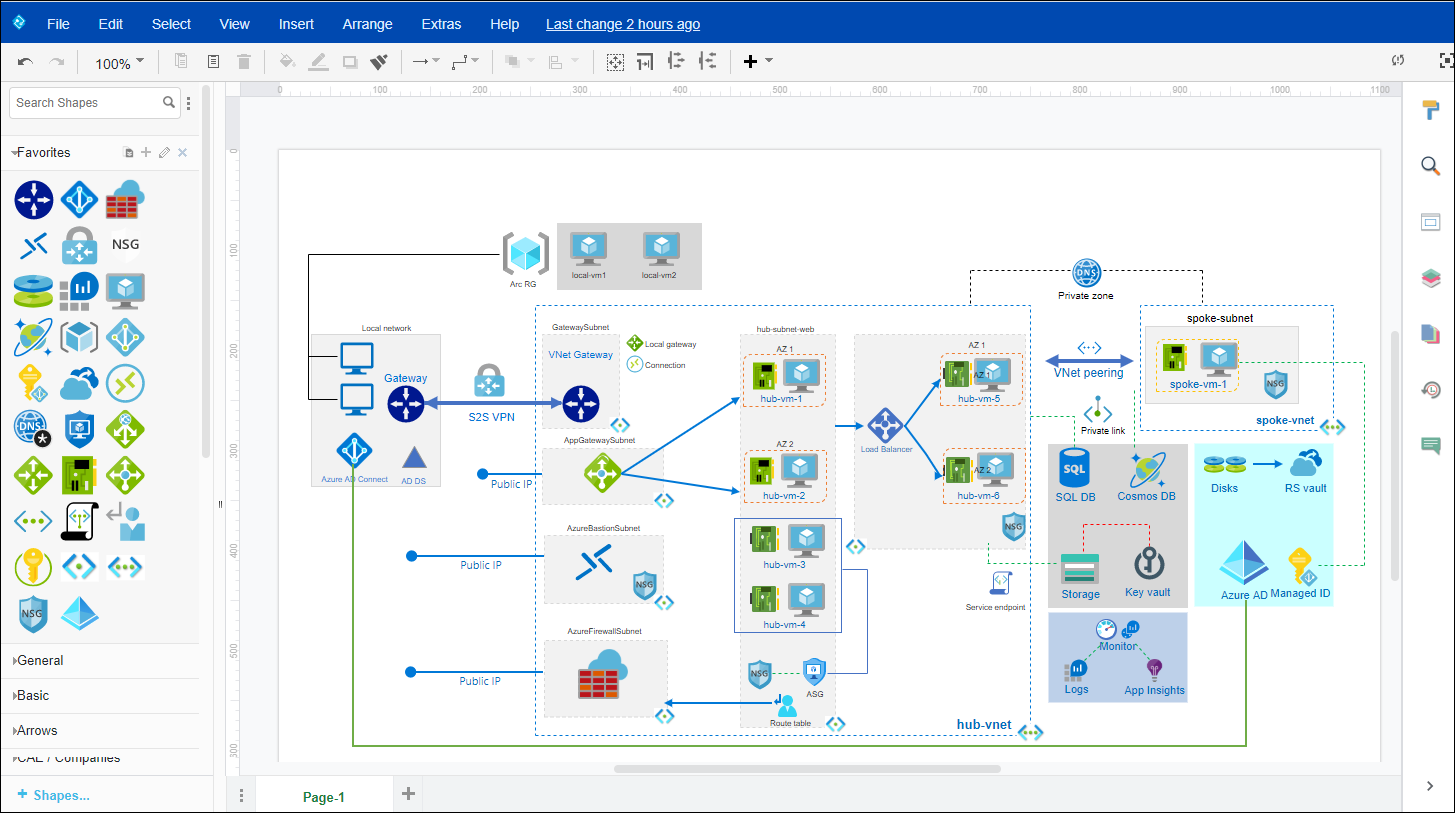

Click OK to confirm your selection.A UML case tool with support for code generation and reverse engineering using Java, C++, CORBA IDL, PHP, XML Schema, Ada and Python. To select Model Explorer means that any re-positioning made in views in any diagram will not affect the model hierarchy. You can select on the left hand side the Model Explorer or a specific diagram to be the master view of selected element.

By doing so, the original master view will become auxiliary and the assignment of parent element will be updated immediately based on the new master view. You can change the master view of a model element. Selecting a master viewĪ model element can have multiple views.

However, when you move any auxiliary view to a different parent shape, there will be no change at all on the model structure. When you attempt to move a master view to another parent shape, you are updating the real model structure as well (as reflected in Model Structure View). Subsequent views are all known as auxiliary views. When you draw a shape on a diagram without reusing an existing one, the created view will be treated as the master. This is great but there is a drawback though.Ī master view is simply the specific view of model element that decides the placement of that model element within a model hierarchy. Changes made on a shape are all synchronized to other instances that appear in other diagrams without extra effort. So with this, you can create multiple views for a model element in representing different contexts. Each shape is formally known as a “view”. Through simple copy and paste ( Ctrl-C and Ctrl-V), you can easily copy a shape from one diagram to another. Instead of re-creating those classes again and again in different diagrams, Visual Paradigm allows you to “re-use” them. So in this case, both diagrams contain the same set of entity classes. Take UML class diagram as an example, there may be a domain diagram that presents all the entity classes and another diagram that presents the associations and dependencies between a specific controller class and its related entity classes. In fact, this is extremely common when modeling with class diagram and business process diagram. You need to borrow shapes from a diagram to make them appear in other diagrams (i.e. When you are dealing with a complex project, you may need to draw multiple diagrams to represent different contexts. Each of them represents a distinct design idea and there is no overlapping between diagrams. The diagrams are simple and self-explanatory. When your project is simple, you are able to express all of the design ideas with just a few diagrams. Defining model element property through grid.Understanding master view and auxiliary view.Re-using model elements in different diagrams.Adding references (File, URL, etc) to model elements.Using Instant Freeze for effective shape selection.Showing elements’ description in diagram.Creating and connecting shapes with Resource Catalog.


 0 kommentar(er)
0 kommentar(er)
